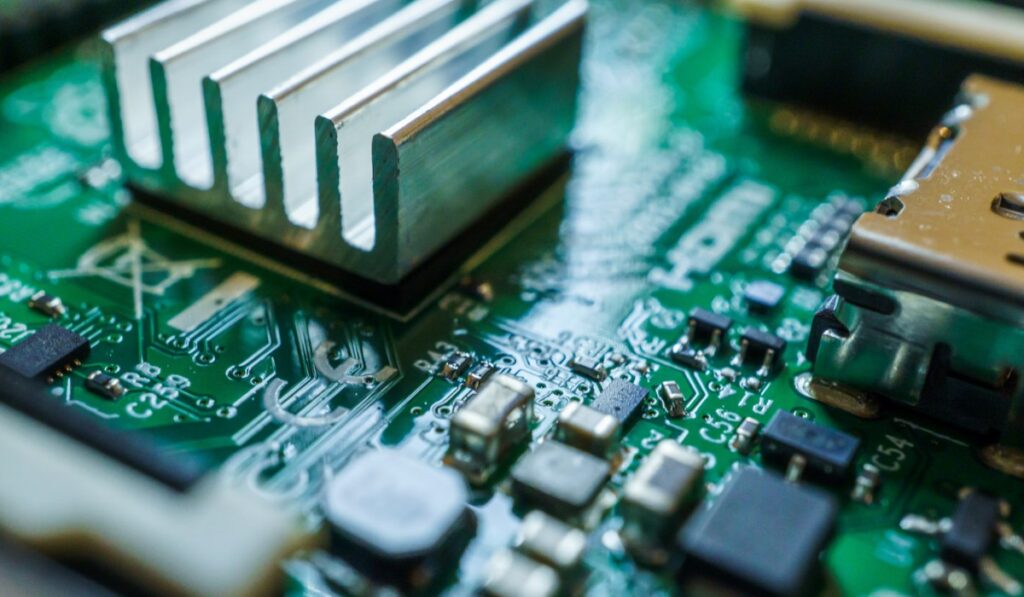AMD Layoffs: What’s Really Going On Behind the Tech Giant’s Tough Decisions

AMD Layoffs When you think of AMD (Advanced Micro Devices), the first thing that probably comes to mind is innovation — powerful CPUs, high-end GPUs, and fierce competition with Intel and NVIDIA. But in recent months, the name “AMD” has been circulating online for a different reason: layoffs. It’s never a pleasant topic, but in the fast-changing world of technology, even giants like AMD aren’t immune to tough times. So, what’s really happening behind the AMD layoffs? Why now, and what does it mean for the future of the company — and the industry as a whole? Let’s unpack this, layer by layer.
The Background: How AMD Layoffs Got Here
To understand the layoffs, we need to rewind a bit. AMD Layoffs has had a roller-coaster history — from being on the brink of bankruptcy in the mid-2010s to making one of the most impressive comebacks in tech history. Under the leadership of Dr. Lisa Su, AMD transformed itself into a powerhouse, taking the fight straight to Intel in CPUs and to NVIDIA in graphics cards.
For years, AMD Layoffs growth was nothing short of remarkable. Its Ryzen processors changed the game for desktop and laptop users, offering power and efficiency at competitive prices. The EPYC line made waves in the data center market, while Radeon GPUs steadily climbed in both performance and reputation. Investors loved it, employees were proud, and tech enthusiasts couldn’t stop cheering for the underdog that had finally become a top dog.
However, as with all success stories, the climb upward often leads to a period of adjustment. By 2024 and into 2025, the broader tech industry began facing serious headwinds — economic slowdowns, shrinking consumer spending, and over-hiring during the post-pandemic boom. AMD Layoffs, like many other companies, had to take a hard look at its operations and make some difficult decisions.
The Trigger: Why AMD Layoffs Decided to Lay Off Employees

Let’s be clear: layoffs at AMD Layoffs weren’t about failure — they were about recalibration. The semiconductor industry operates in cycles. After years of high demand during the pandemic (remember when everyone was building gaming PCs and crypto mining was at its peak?), the market started cooling off. Suddenly, demand dropped for high-end GPUs and CPUs, while inventory piled up.
Additionally, the global economy has been dealing with inflation, rising interest rates, and a decline in consumer electronics spending. Even though AMD Layoffs data center and AI divisions continued to perform decently, the consumer side — laptops, desktops, and gaming hardware — began to feel the pinch.
Another major factor was competition. NVIDIA’s dominance in AI chips became overwhelming, while Intel began fighting back with new architectures and manufacturing improvements. This competitive pressure meant AMD Layoffs had to rethink its resource allocation — putting more effort (and money) into profitable and forward-looking areas like AI accelerators and less into slower markets.
Unfortunately, that kind of strategic shift often means some teams get downsized or reorganized. AMD Layoffs, in this context, weren’t about cutting costs just for the sake of it — they were about redirecting resources to the company’s most critical growth areas.
The Scale and Scope of the AMD Layoffs
While AMD Layoffs hasn’t publicly announced massive layoffs on the same scale as tech giants like Google or Meta, reports suggest that the company has quietly reduced its workforce in certain departments throughout 2024 and early 2025. The affected areas appear to be primarily in consumer hardware and some non-core operations, while R&D for AI, machine learning, and data centers continues to grow.
This selective downsizing strategy is actually quite typical for large semiconductor firms. Instead of blanket layoffs, AMD Layoffs seems to be taking a more surgical approach — trimming fat where it makes sense while protecting the brainpower that drives innovation.
Internally, this means some engineers and marketing teams are being reshuffled, with an emphasis on aligning teams toward strategic priorities like AI chip development, next-gen architectures, and partnerships with major cloud providers. While the numbers may not be as dramatic as other industry AMD Layoffs, for those affected, it’s still a life-changing moment.
How Employees and the Industry Are Reacting
Inside AMD Layoffs, the mood has reportedly been mixed. Some employees feel anxious — after all, layoffs create uncertainty no matter how small or strategic they are. Others, however, see this as a necessary step to keep AMD lean and competitive in a brutal tech landscape.
Externally, analysts have mostly been supportive. Many point out that AMD Layoffs decision to realign resources toward AI is not just smart — it’s essential. NVIDIA’s near-monopoly in AI GPUs is a serious concern for AMD, and catching up requires significant R&D investment. By cutting costs in less profitable segments, AMD can funnel more capital into the high-growth AI and data center markets.
Of course, there’s a public relations angle too. AMD Layoffs has always enjoyed a strong reputation among tech enthusiasts and gamers. While layoffs might dent that image slightly, the company’s transparency and commitment to long-term innovation are helping it maintain goodwill in the community.
What This Means for AMD Layoffs Future
So, where does this all lead? In the short term, layoffs are painful — both for employees and for company morale. But in the long term, these tough calls might position AMD Layoffs for an even stronger future.
AI and high-performance computing are the next big battlegrounds, and AMD Layoffs knows it. The company has already made major strides with its MI300 series chips and strategic partnerships with companies like Microsoft and Amazon. As AI models grow larger and more complex, the demand for efficient, powerful chips will skyrocket — and AMD intends to be a key player in that space.
By slimming down now and focusing its energy where the growth is, AMD Layoffs could emerge from this transition more competitive and agile than ever before. It’s a painful but potentially necessary evolution — one that might define the company’s next decade.
The Bigger Picture: Layoffs Across the Tech World
To fully understand AMD Layoffs layoffs, we also have to zoom out. The tech industry as a whole is undergoing a massive reset. During the pandemic, companies hired aggressively, expecting digital demand to continue skyrocketing indefinitely. When the market corrected, they suddenly found themselves overstaffed and facing profitability challenges.
From Amazon to Meta to Intel, nearly every major tech player has gone through AMD Layoffs in the past two years. It’s not a reflection of failure — it’s a response to changing economic and technological realities. The shift toward automation, AI-driven processes, and efficiency means companies are trying to do more with less.
In this context, AMD Layoffs don’t make it an outlier — they make it part of a larger industry trend. The difference is that AMD is trying to handle it strategically, minimizing disruption while steering itself toward long-term growth areas.
Conclusion: A Necessary Storm Before Clear Skies
The AMD layoffs are a reminder that even the most innovative companies face difficult crossroads. In a market defined by rapid change, unpredictable demand, and fierce competition, adaptation isn’t optional — it’s survival.
AMD Layoffs decision to restructure and let go of some employees is undoubtedly painful, but it also shows maturity. Rather than chasing short-term hype or clinging to outdated strategies, AMD is investing in the technologies that will define the next era of computing.
If history is any guide, this won’t be the end of AMD Layoffs success story — it might just be the beginning of its next chapter. Layoffs may grab headlines today, but innovation will always be what defines AMD tomorrow.



